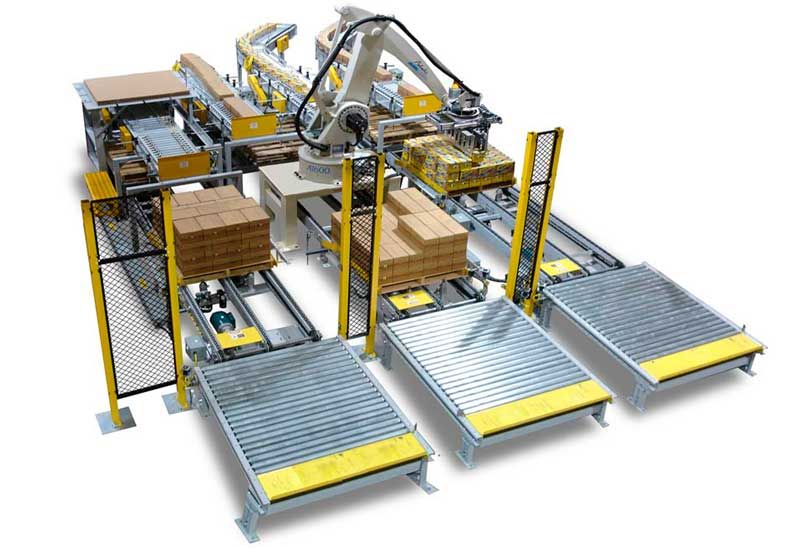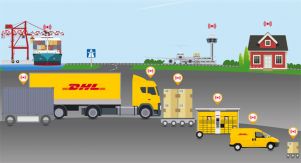
UPDATED 12.16.14: Robots for palletizing, logistics, packaging, and speciality materials handling (e.g.: in life science labs and for pharma, food and beverage, semiconductor and electronics) are projected to grow at a 10.1% CAGR and reach $31.3 billion by 2020.
The report projecting these figures was produced by London-based WinterGreen Research. Twenty-five market leaders and an additional forty market participants were interviewed for the Industrial Logistics Robots report, a $7,800 546-page document with 235 tables and charts.
Susan Eustis, President of WinterGreen said: “Our findings show that industry complexity is managed by building robotic systems adapted to various material handling situations. Electronic systems depend on data derived from these various systems. Warehousing depends on automated vehicles, unloading and loading systems, intra-logistics, conveyors, lifts, cranes, storage and material flow are all implemented using robotic solutions designed to handle end-of-line requirements.”
“The ability to create packaging and palletizing systems depends on the use of robots. Projects are managed with quality that is achieved using robotic processes. Logistics solutions depend on these processes in end-to-end and end-of-line automation.”
 After reviewing the list of companies included in WinterGreen’s research, I saw that the report omits the logistical aspect of material handling. That includes DHL, FedEx, UPS and other transport companies. These companies are attempting to bring self-driving automation and apply that technology across the logistical spectrum.
After reviewing the list of companies included in WinterGreen’s research, I saw that the report omits the logistical aspect of material handling. That includes DHL, FedEx, UPS and other transport companies. These companies are attempting to bring self-driving automation and apply that technology across the logistical spectrum.
Applications for self-driving vehicles include:
- Autonomous transport and assisted picking in warehouses
- Autonomous outdoor logistics like yard, harbor and airport operations
- Assisted highway trucking and convoying in line-haul transportation
- Last-mile delivery
DHL is offering a very interesting in-depth trends report for downloading: http://www.dhl.com/content/dam/downloads/g0/about_us/logistics_insights/dhl_self_driving_vehicles.pdf